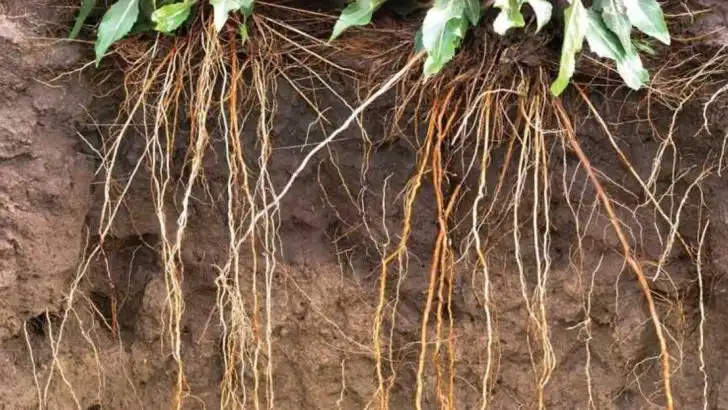Above ground, your garden may look like a collection of plants. But beneath the surface, a silent conversation is happening—an invisible dance of roots choosing their neighbors with surprising precision.
Roots send out chemical signals, form alliances through mycorrhizal networks, and avoid species that might compete too aggressively. This underground mapping isn’t random—it’s strategic. Some roots reach out and share, others hold back and defend space. When you understand this, you stop planting by guesswork and start planting by relationship.
In this article, we explore how plants navigate their underground world, how you can support their natural preferences, and why your most successful garden might begin with what’s happening where you can’t see—in the soil, among the roots.
Root Exudates
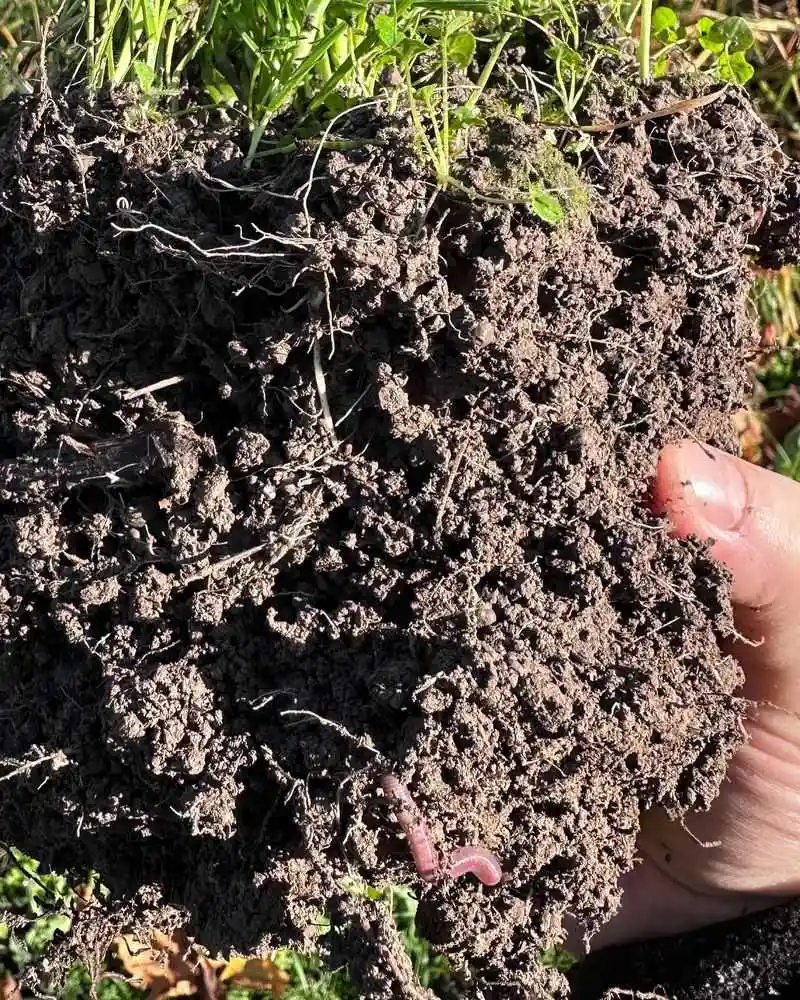
Roots release a variety of chemicals known as exudates, shaping their surrounding environment. These exudates can attract beneficial microbes or deter harmful pathogens, playing a crucial role in plant health. Imagine them as little scientists, experimenting to find the best neighbors. Each plant species has its own unique cocktail of exudates, influencing which microbes thrive nearby. By understanding this, gardeners can plant complementary species together, enhancing growth and resilience. For instance, legumes release nitrogen-fixing exudates, benefiting companion plants. This chemical communication is a silent but significant part of how plants choose their neighbors.
Mycorrhizal Networks
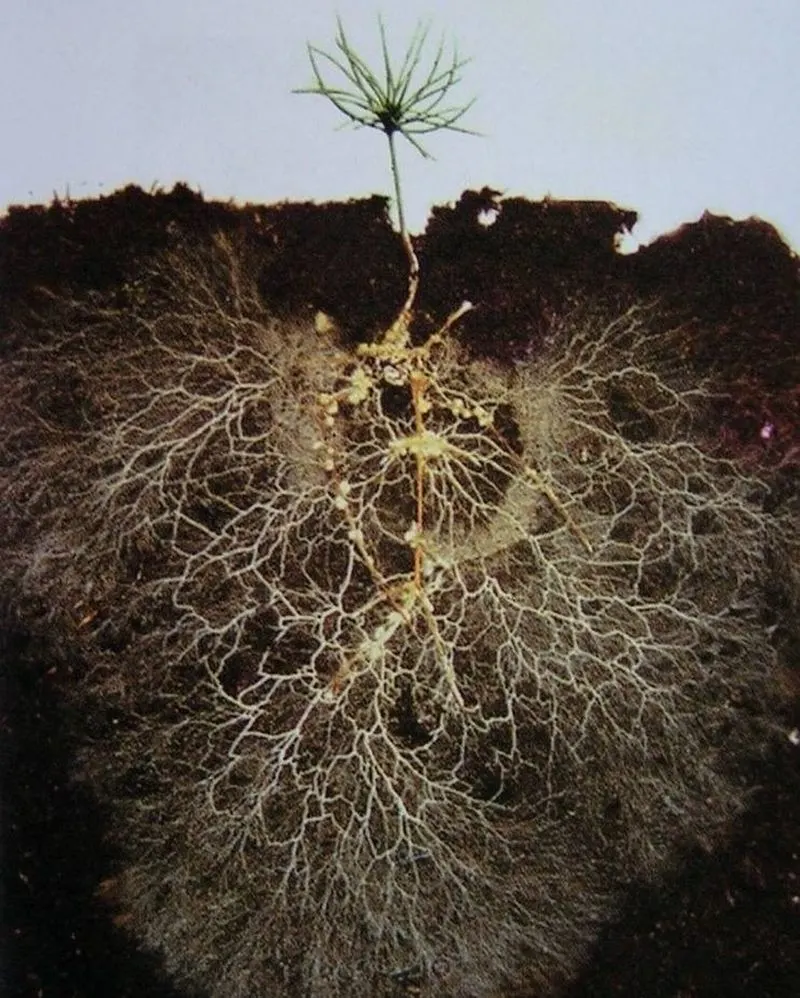
Beneath the surface, a hidden network of mycorrhizal fungi connects plant roots, facilitating nutrient exchange. This symbiotic relationship is akin to a bustling marketplace, where plants trade sugars for vital nutrients. These networks can extend across entire gardens, linking different species in a cooperative alliance. Some plants are better connected than others, influencing their success rate in shared spaces. By promoting mycorrhizal fungi in your soil through organic matter and reduced tilling, you can enhance plant health and connectivity. This ancient partnership is key to understanding how roots select their neighboring allies.
Allelopathy
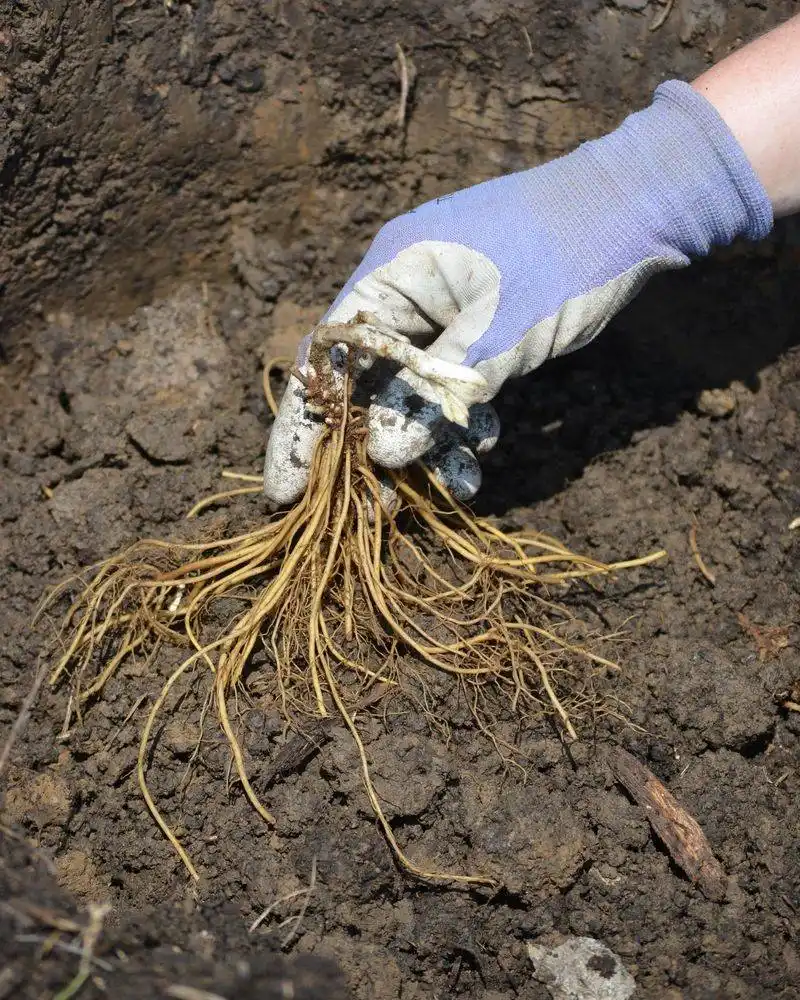
Allelopathy is nature’s way of showing that not all neighbors get along. Some plants release chemicals that inhibit the growth of potential competitors. This phenomenon is like a strategic game of chess played at a molecular level. Understanding which plants exhibit allelopathic traits can help you design gardens with fewer unwelcome surprises. For example, black walnut trees are notorious for their growth-inhibiting substances. By identifying allelopathic plants and placing them wisely, you can foster a more harmonious environment. It’s a fascinating dance of attraction and repulsion below the soil.
Root Competition

In the underground world, roots often find themselves in a competitive race for resources. This competition can be fierce, with each root system striving for water and nutrients. It’s like a tightly packed crowd, jostling for the best spots. Some plants have evolved strategies to outcompete others, either through rapid growth or efficient resource use. Understanding these dynamics helps gardeners position plants to minimize adverse competition. Balancing plant needs ensures that all have access to what they need, promoting a thriving garden environment. Root competition, though hidden, significantly impacts plant relationships.
Symbiotic Relationships
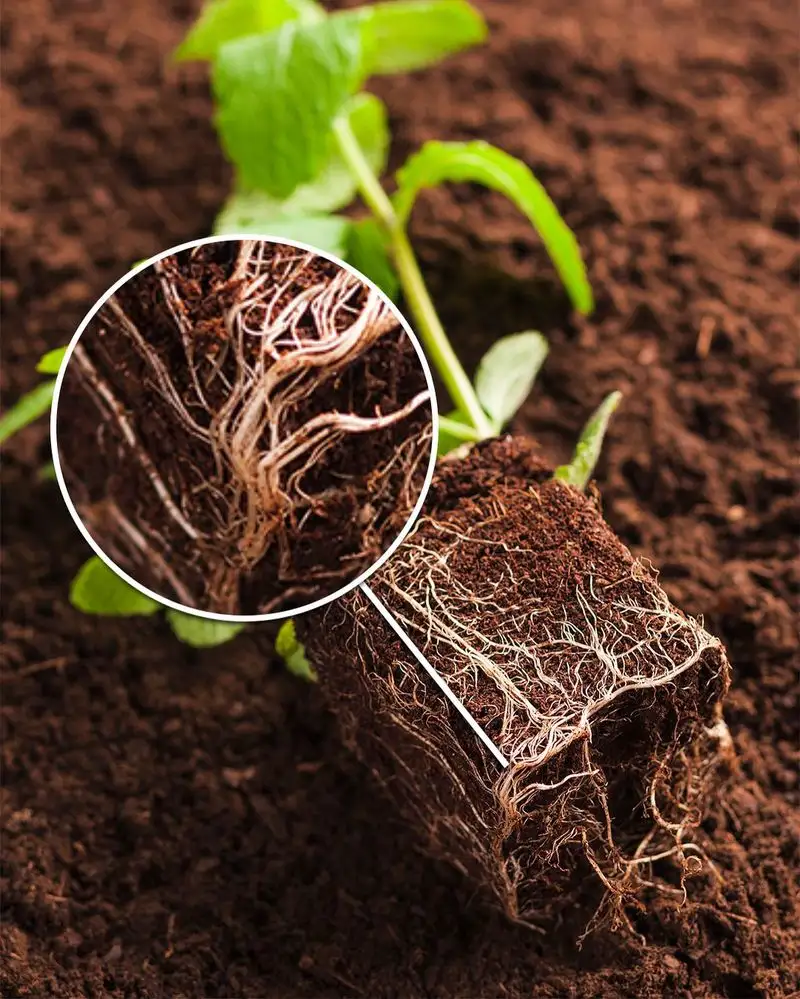
Symbiotic relationships in the root world are like lifelong friendships, beneficial to all parties involved. Some plants form partnerships with bacteria or fungi, enhancing their nutrient uptake or protection. These connections can be seen as the social networking of the plant world. By fostering such relationships, you can encourage robust growth and resilience in your garden. Planting species with known symbiotic partners can lead to healthier and more productive gardens. Symbiosis is a testament to the power of collaboration beneath the soil, where mutual benefits drive community success.
Root Communication

Did you know that roots talk to each other? Root communication involves the exchange of signaling compounds that convey information about environmental conditions. It’s akin to a secret language spoken beneath the earth’s surface. This communication enables plants to respond collectively to threats or opportunities. By understanding this silent dialogue, you can assist your plants in becoming more adaptive and resilient. Encouraging such communication can be as simple as maintaining healthy soil and avoiding disruptions. Root communication is a powerful tool in creating a cohesive plant community.
Soil Health Impact
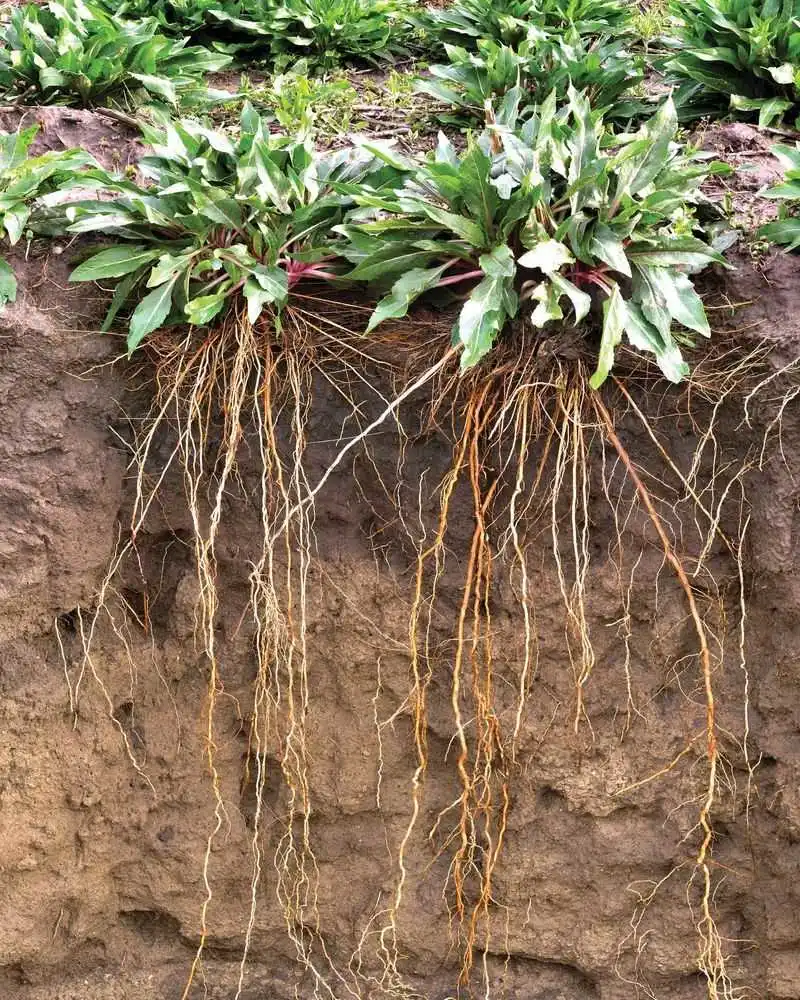
The health of your soil has a profound impact on root behavior and plant choice of neighbors. Healthy soil teems with life, providing a fertile ground for dynamic root interactions. Consider it the bustling hub of an underground ecosystem. By improving soil health through composting, crop rotation, and minimizing chemical use, you support vibrant root systems. This enhancement allows plants to better select and interact with their neighbors, fostering a balanced and thriving garden. Soil health is the foundation of a successful plant neighborhood.

